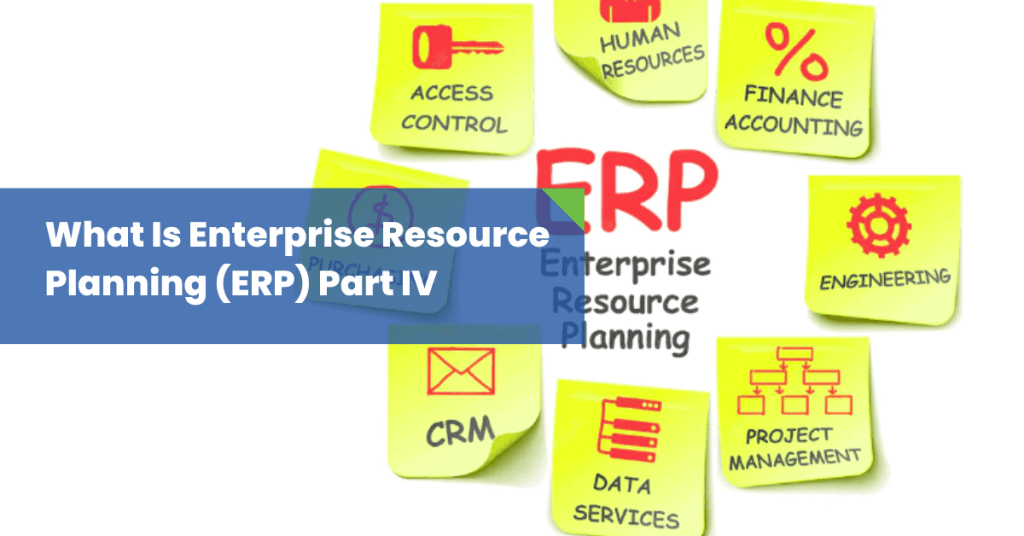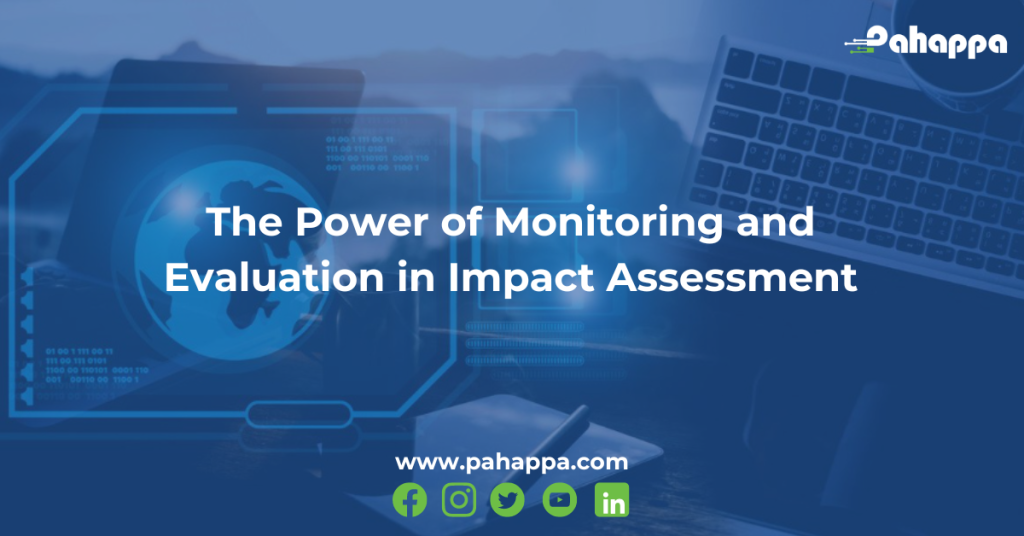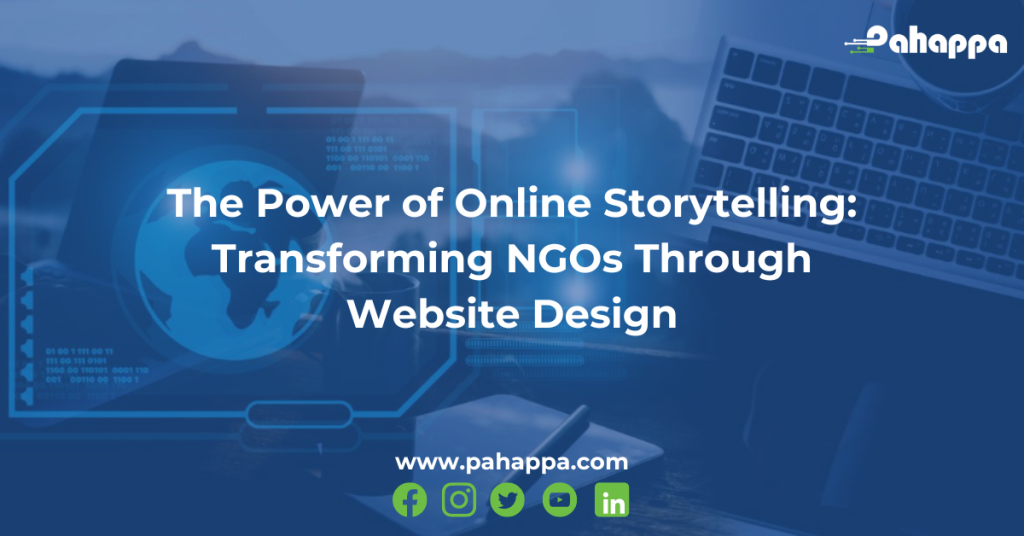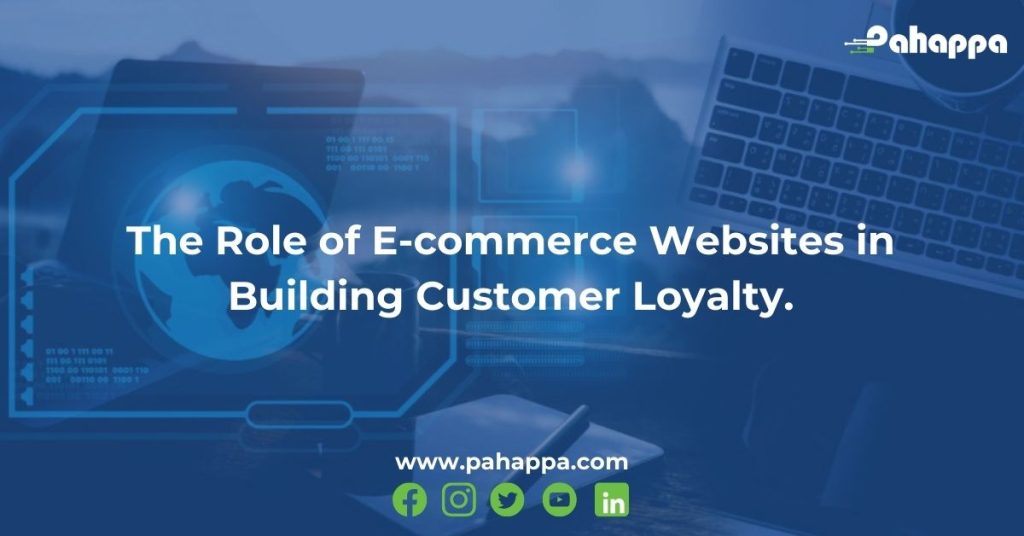Businesses across many sectors with diverse business models have recognized the value derived from ERP systems. As a solution, ERPs are adaptable and can meet the needs and requirements of types of businesses.
Industries that count on ERP systems to run their businesses include:
- Advertising and digital media
- Consulting
- Education
- Energy
- Financial services
- Healthcare
- It services
- Manufacturing
- Media and publishing
- Nonprofit
- Professional services
- Hospitality
- Retail
- Software and technology
- Wholesale distribution
Roles & Users
Several job functions within the aforementioned organizations benefit from ERP. These include but are not limited to:
- Finance/Accounting: Accounting teams are often the earliest/first adopters of new technologies. All transactions and other financial data in the system, such as payroll, accounts payable (AP), and accounts receivable (AR), will be tracked and reported by this group. Financial planning and analysis (FP&A) specialists can use ERP to transform comprehensive financial data into projections and reports on revenue, expenses, and cash flow, whether they are separate jobs or a component of the accounting department.
- Supply chain: Employees that are primarily concerned with operations, such as purchasing agents, inventory planners, warehouse managers, and senior supply chain executives, rely on ERP systems to make sure that commodities are delivered from supplier to customer smoothly and continuously. To manage inventory levels, prioritize orders, maximize on-time delivery, prevent supply chain disruptions, and discover wasteful or manual operations, they rely on the system’s accurate and detailed information.
- Sales and marketing: By automating lead management and keeping track of the interactions prospects make with your business, an ERP solution can boost sales force productivity and produce better outcomes. As prospects progress through the sales funnel, reps can record conversations and modify the status of the prospects. In order to more effectively distribute its budget, marketing can use the same records to automate and manage outreach through all channels, including social media, display ads, and email.
- Human resources: Using the ERP, the HR departments can keep track of all personnel data and general workforce trends. It can rapidly locate each employee’s contact information and information about their pay and benefits. To help line-of-business managers better distribute their own workers, HR can also track metrics like retention by department, average compensation by title, promotion rate, and other indicators.
As the name suggests, Enterprise Resources Planning software was initially intended for enterprises. Today’s advancements in technology and systems deployment have lowered the entry barrier for ERP offerings and assisted countless small and midsize businesses in improving their productivity, visibility, and ultimately, profitability.
Here’s how to determine if an ERP solution is for you:
- Ask yourself whether your current technology helping or hindering you on a regular basis. It may be time to introduce a new solution when obsolete or inadequate systems cause inefficiencies, muddle the data, or can’t support improvements the organization wishes to make.
Another indication that it’s time for your first or new ERP system is inaccurate data. You can’t trust the reports and insights your data generates if it is unreliable. This is a significant issue.
- Are errors frequently leading to issues, such as providing consumers the incorrect things or a mismatch between demand and purchase orders? Your operations can get better organized, and processes can be improved, lessen these barriers.
- Another indicator that you need an ERP system is an over-reliance on email and spreadsheets to gather and distribute important information. Spreadsheets must be manually updated frequently, hence they are frequently out of date. It might be challenging to discover what you need and there are actual security hazards when sharing sensitive data via email.
- The absence of system integration is another sign that you’re ready for an ERP. By consolidating data from all important business processes into one location, the system may do away with manual data transfers and unstable connectivity.
Although there are expenses associated with acquiring and deploying ERP software, it often provides a quick return on investment.
Key takeaways
• ERP is important business software that collects information from several departments into a single database, allowing leaders to track the company’s health using a single source of truth.
• ERP systems integrate critical business functions like human resources, sales and marketing, inventory and order management, customer communication, finance, manufacturing, customer communication, and project management. Detailed analytics and reporting on each department is a key component of ERP systems
• ERP can lead to significant time and money savings by giving company-wide visibility that highlights ineffective manual processes and the potential for growth.
For more insights on ERP solutions Contact Us.











